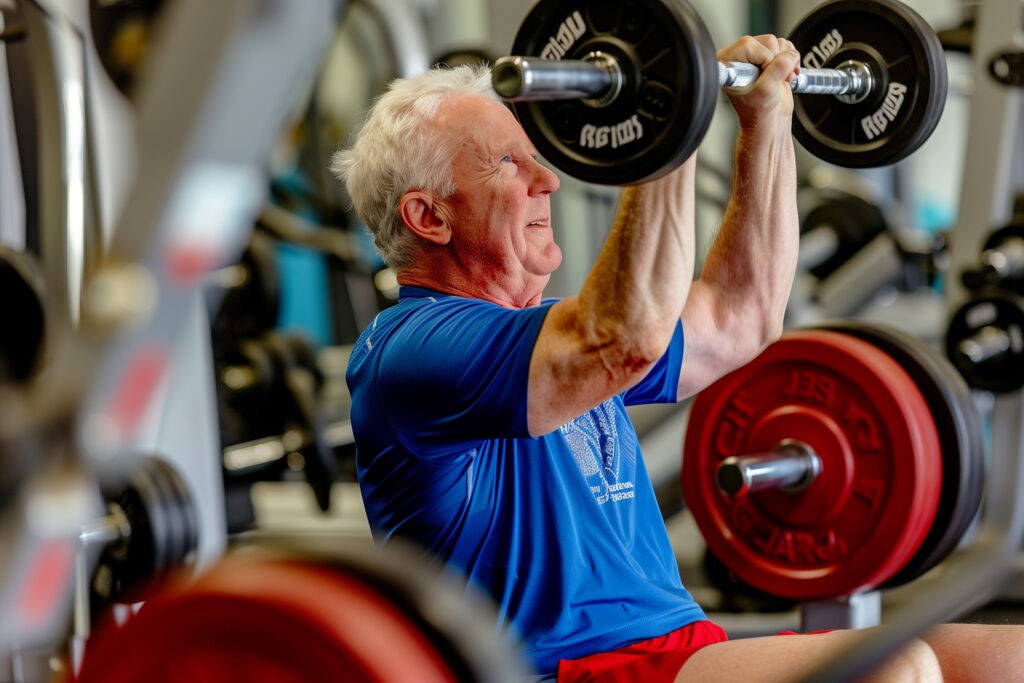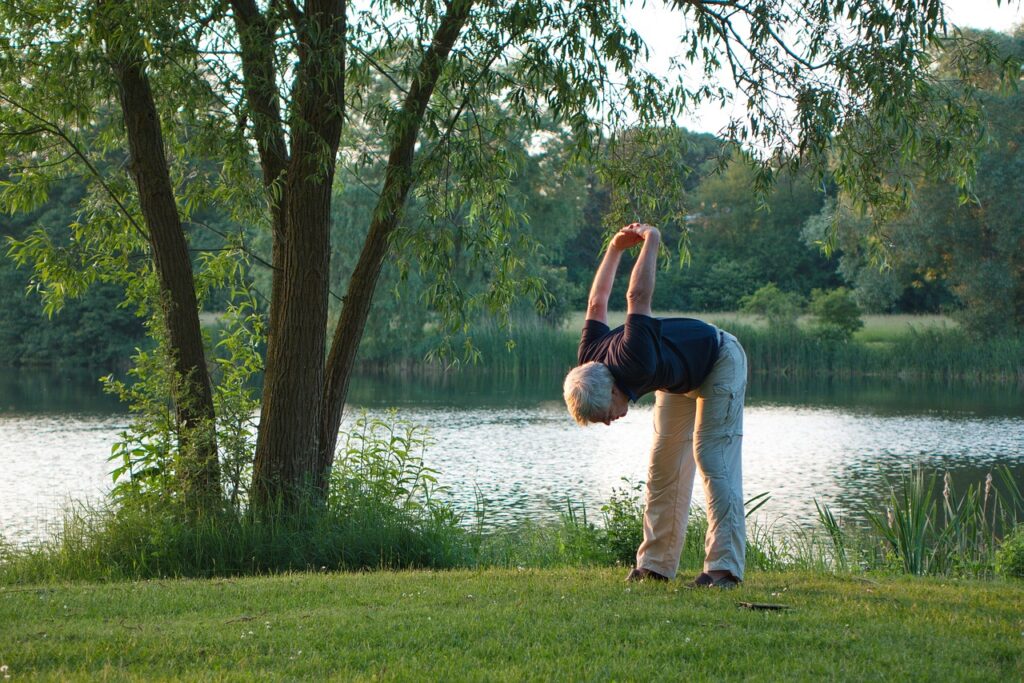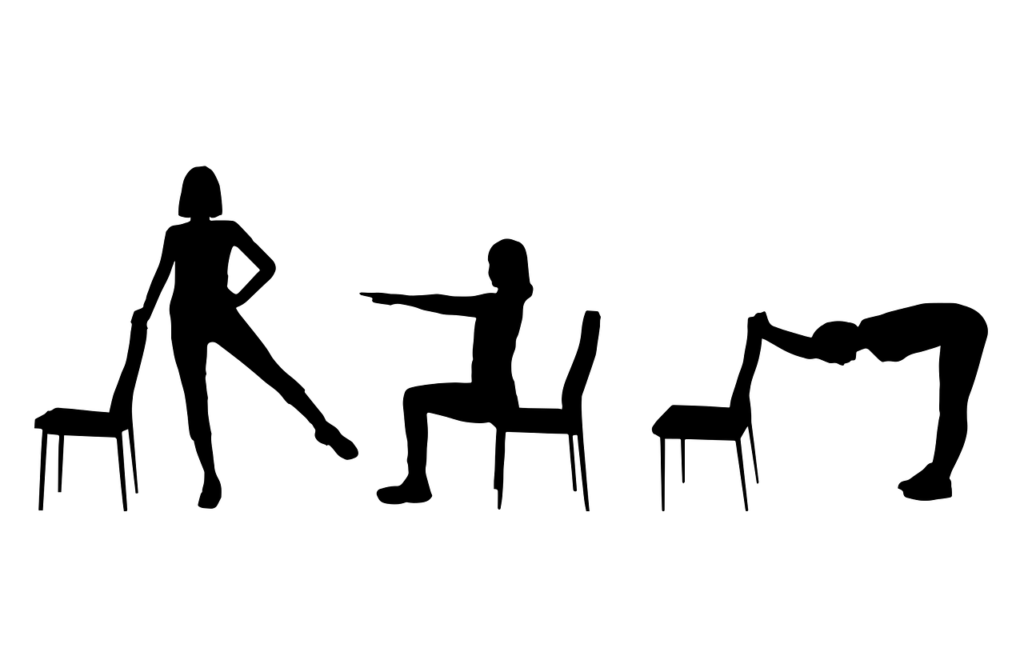Strength Training for Seniors: Benefits and Safe Practices

As we age, maintaining physical fitness becomes increasingly crucial to ensuring a high quality of life. Strength training, often overlooked in favor of gentler forms of exercise like walking or yoga, is particularly beneficial for seniors. It helps mitigate the effects of aging, such as muscle loss and decreased bone density. This article explores the vital benefits of strength training for seniors and provides guidelines on how to start safely.
Why Strength Training is Crucial for Seniors
Muscle Mass Retention
As we age, we naturally lose muscle mass, a condition known as sarcopenia. Strength training combats this decline by stimulating muscle growth through resistance exercises. This not only helps in maintaining muscle mass but also increases metabolic rate, aiding in better weight management.
Bone Health
Strength training is beneficial for bone health as it helps in maintaining or even increasing bone density. By applying stress to the bones through various exercises, strength training reduces the risk of osteoporosis, a common issue in older adults.
Improved Balance and Coordination
One of the most significant benefits of strength training is the improvement in balance and coordination, reducing the risk of falls—a major concern for seniors. Exercises that strengthen leg muscles and core stability play a crucial role in enhancing overall balance.
Chronic Disease Management
Regular strength training can help manage various chronic diseases. For seniors dealing with arthritis, it can improve joint function. It also plays a role in managing heart disease and type 2 diabetes by improving cardiovascular health and glucose control.

The Benefits of Strength Training for Mental Health
Enhanced Mental Health
Strength training has been shown to reduce symptoms of depression and anxiety. The endorphins released during physical activities are natural mood lifters. Furthermore, achieving fitness goals can boost confidence and provide a sense of accomplishment.
Cognitive Function
Regular strength training can significantly boost cognitive function in seniors by increasing blood flow to the brain. This enhanced circulation delivers vital nutrients and oxygen that support neuron health and promote the growth of new neural pathways. Exercises that build muscle strength are particularly effective in improving brain functions such as memory, attention, and executive skills, which encompass planning and multitasking.
Moreover, the mental effort involved in learning and adhering to a strength training routine provides additional cognitive benefits. This process keeps the brain actively engaged and helps stave off cognitive decline, enabling seniors to maintain sharp mental faculties and overall cognitive health as they age.
Getting Started with Strength Training
Before beginning a new exercise program, it’s not a bad idea to check in with your healthcare provider – just to get a all clear and so you’re aware of any limitations you should have to start.
Start Slow
For those new to strength training, it’s vital to start slow. Beginning with exercises that require minimal effort and gradually increasing the intensity prevents injuries and helps the body adjust to this new stimulus. It’s better to do too little at the start as opposed to too much.
If you’re still unsure, working with a fitness professional can provide you with the necessary guidance on proper technique and exercise modifications to ensure safety and effectiveness. They can also help set smart fitness goals that are realistic and achievable.
Safe Strength Training Exercises for Seniors
Chair Exercises
Chair exercises are ideal for seniors starting their strength training journey, providing stability and reducing the risk of falls. Seated squats involve rising from a seated position to standing and then sitting back down, which strengthens the thighs and improves core stability. Chair leg lifts enhance lower body strength and can be performed by lifting one leg at a time while seated, maintaining balance and engaging the core.
Resistance Bands
Resistance bands are a low-impact, versatile tool for seniors. They can be used for a variety of exercises that stretch and strengthen muscles across the body without putting undue stress on the joints. Exercises like band pulls and leg stretches can enhance flexibility, range of motion, and muscle tone, all critical for maintaining functional fitness.
Free Weights
Beginning with light free weights is a safe way to introduce resistance training. Seniors can start with simple exercises such as bicep curls, shoulder presses, and lateral raises using light dumbbells. As confidence and strength build, gradually increasing the weight can help maintain and increase muscle mass and bone density, which are important for overall health and mobility.
Body Weight Exercises
Body weight exercises are effective and do not require special equipment. Bench push-ups are a great alternative to traditional floor push-ups, reducing strain on the back and joints while still targeting the upper body. Supported single leg deadlifts can be performed using a chair for balance. This exercise targets the lower back, hamstrings, and glutes, and improves balance and stability.
Incorporating these exercises into a regular routine can help seniors improve their strength, flexibility, and independence, while also enhancing overall well-being.
Tips for Incorporating Strength Training into Daily Routine
Consistency Over Intensity
Prioritize consistency over intensity. Regular, moderate exercise is more beneficial and sustainable than occasional high-intensity sessions. You want this to become a part of your life that you can enjoy, not something you dread every week that leaves you too beat up to do anything.
Incorporate Activities into Everyday Life
Integrating strength training exercises into daily activities can make the routine more enjoyable and less of a chore. For instance, using canned goods as weights while cooking or balancing on one leg while brushing your teeth, or even doing some calf raises while talking on the phone. The point is to get you doing more.

Staying Motivated
Setting small, frequent goals can help maintain motivation. Engaging in group exercises or classes specifically designed for seniors can also provide social encouragement and make the fitness journey more enjoyable.
Strength training is an excellent way for seniors to enhance their physical and mental health. It offers a myriad of benefits, from improving muscle mass and bone density to boosting cognitive function and mental well-being. By starting slowly, focusing on safe practices, and staying consistent, seniors can significantly improve their quality of life through strength training. Remember, it’s never too late to start investing in your health.
Embrace the benefits of outdoor workouts as well, which can complement your strength training regime by offering fresh air and a change of scenery, enhancing the overall exercise experience.

